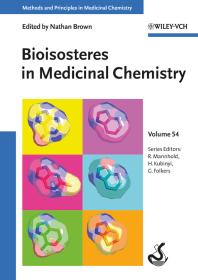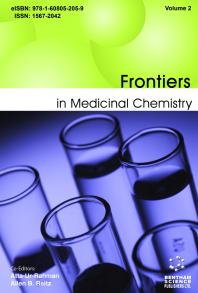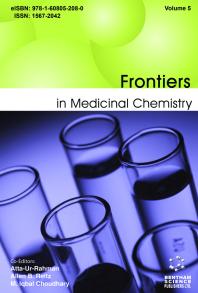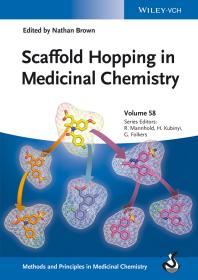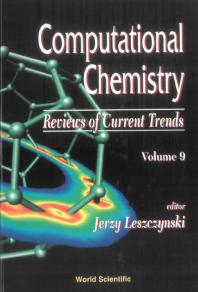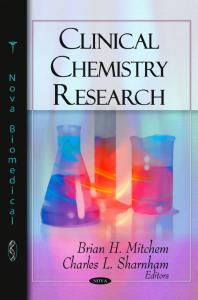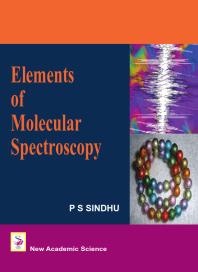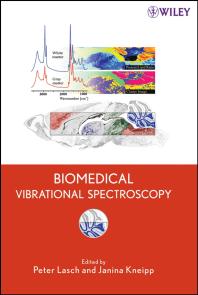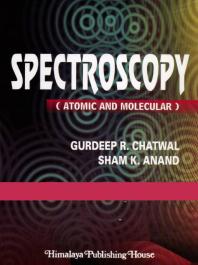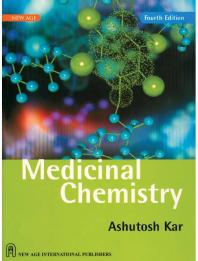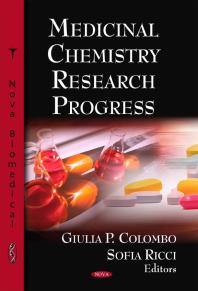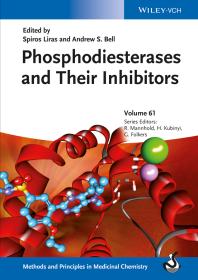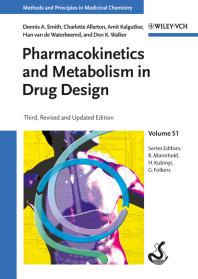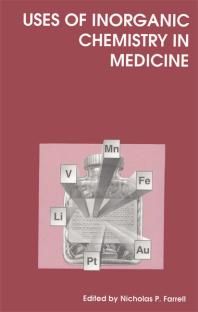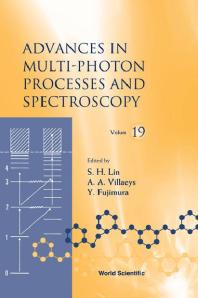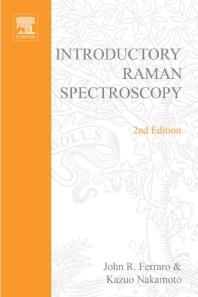Introduction
- Introduction to electromagnetic radiations
- Electromagnetic spectrum
- Interactions between electromagnetic radiations and molecules
- Index of hydrogen deficiency
- Energy-wavelength relations
- Molecular transitions and spectral regions
Ultraviolet and visible spectroscopy
- Radiation sources
- Monocheromators
- Detectors
- Single and double-beam
- Spectrophotometers
- Origin of molecular spectra
- Electronic transitions
- Solvent and steric effects
- Beer-Lambert law
- Calculation of λmax for different systems including dienes
- Enones and substituted benzoic acids
- Analysis of multicomponent systems and
- Applications of UV in structure elucidation
Infrared spectroscopy
- Near infrared spectroscopy
- Fourier transform infrared spectroscopy
- Instrumentation
- Vibrational modes and absorption frequencies
- Intensities
- Sample
- Handling
- Characteristic absorption frequencies of different functional groups
- Applications of IR spectroscopy in qualitative and quantitative analysis
Nuclear magnetic resonance spectroscopy
Proton magnetic resonance spectroscopy (1H-NMR)
- Basic theory
- Concept of nuclear spin states
- Nuclear magnetic moment
- Chemical shift
- Molecular structure and chemical shifts
- Factors affecting chemical shifts
- Local diamagnetic shielding and magnetic anisotropy
- Spin- spin splitting
- N+1 rule coupling constants
- Mechanism of coupling
- Factors effecting coupling constants
- Long range couplings
- Magnetic unequivalence
- Use of tree diagrams when n+1 rule fails
- Spin system notations
- Instrumentation (continuous wave (CW) instrument and pulsed fourier transform (FT) instrument
- A comparison of spectra at low and high field strengths
- Characteristic 1H-NMR absorption frequencies of different functional groups
- interpretation of 1H-NMR spectra
Carbon-13 magnetic resonance spectroscopy (13C-NMR)
- The carbon nucleus
- Carbon-13 chemical shifts
- Calculation of 13C chemical shifts
- Spin- spin splitting of carbon-13 signals proton coupled spectra and
- Proton decoupled spectra
- Nuclear overhauser enhancement (NOE) and origin of nuclear
- Overhauser effect
- Molecular relaxation processes
- Off resonance decoupling
- DEPT spectra
- 13C chemical shifts of different organic compounds and interpretation of 13CNMR spectra
Mass Spectrometery
- Basic principles
- Instrumentation (theory and operation)
- The mass spectrum
- Determination of molecular weight
- Determination of molecular formula
- Determination of molecular structure
- Interpretation of mass spectrum
- Fragmentation

